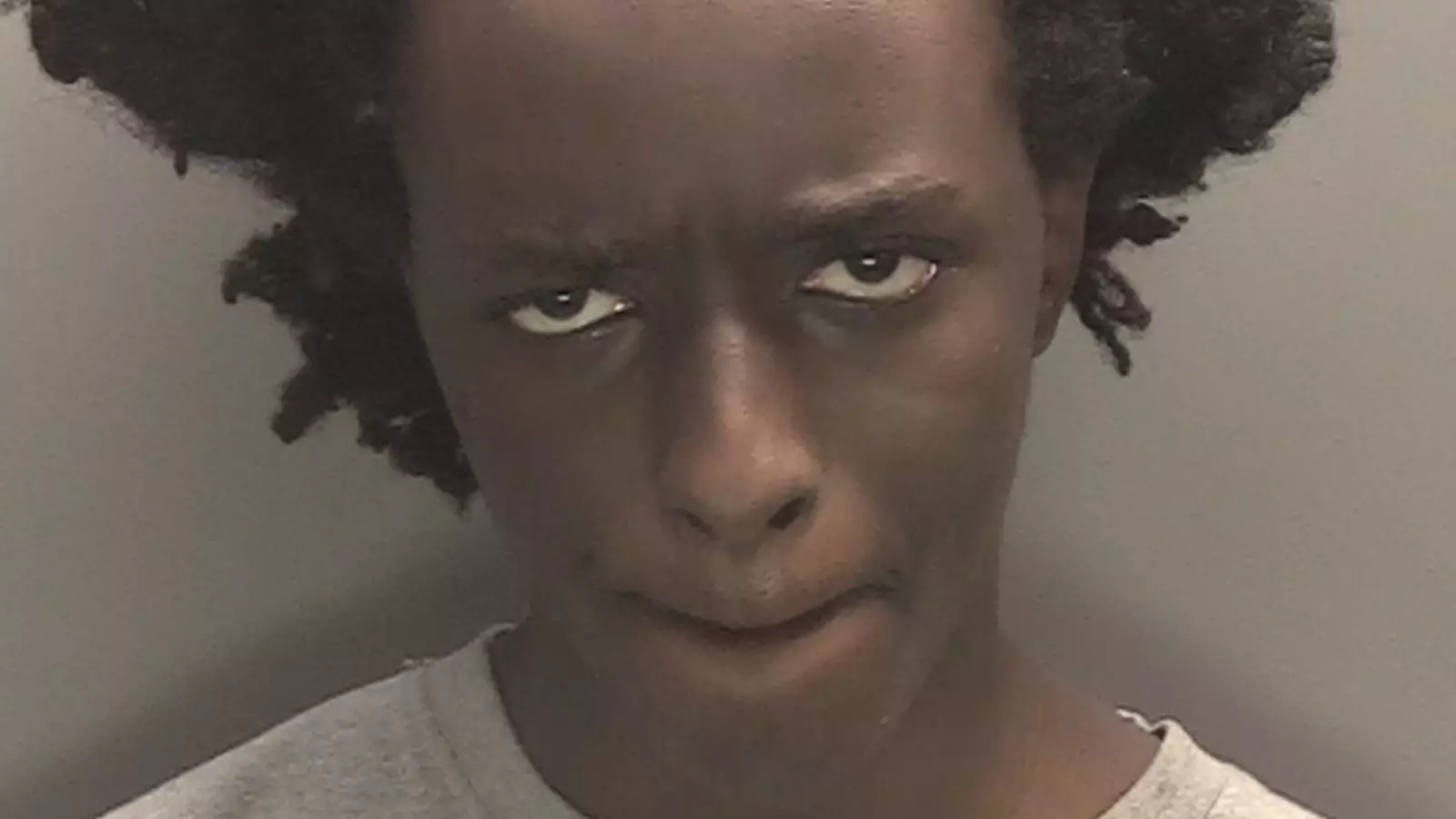The case of Axel Rudakubana serves as a stark reminder of the potential dangers lurking in our communities, particularly when warning signs are ignored. His long-standing fascination with violence and troubling behavior culminated in a tragic event that raised urgent questions about the systems in place to protect the public from individuals exhibiting alarming tendencies. This article delves into the character traits, background, and the failures of various institutions that contributed to Rudakubana’s violent actions.
Rudakubana’s fascination with extreme violence did not emerge suddenly; rather, it was an aspect of his personality that developed over several years. It was reported that he maintained a “kill list,” which he shared among students at Range High School, indicating a clear intent to harm others. The severity of his behavior escalated dramatically in October 2019 when he was caught bringing a knife into school. This incident resulted in his exclusion, a step intended to curb his violent propensities, yet it appeared to serve little purpose as he returned mere months later, brandishing a hockey stick and attempting to attack fellow students.
Despite his troubling behavior, Rudakubana was referred multiple times to the government’s Prevent programme, an initiative designed to divert individuals from radicalization. This repeated intervention suggests that the authorities were aware of his potential risks; however, it raises critical questions about the efficacy of the program. How can a system designed to prevent radicalization fail to halt someone who exhibited repeated violent tendencies?
Students at Range High School provided insightful comments that painted a disturbing portrait of Rudakubana’s character. He was not merely a troubled student; he had developed an obscure obsession with despotism and violent warfare, even fixating on historical atrocities such as the Rwandan genocide. Such interests highlight an unsettling depth to his psychological profile, suggesting that he was not only fascinated by violence as a concept but was also modeling his behavior on figures and events that epitomized brutality.
The parental background of Rudakubana also adds layers to the complexity of his case. His parents, who immigrated to the UK from Rwanda, presumably faced their own challenges as they settled into a new country. Understanding the family dynamics and whether they contributed to Axel’s issues could provide essential context. Yet it seems that despite the concerns raised by his behaviors, the family dynamics did little to prevent the escalation of his violence.
The events leading up to the tragic stabbings in Southport in July 2024 were particularly unsettling. A week prior, Rudakubana’s father intervened when Axel attempted to take a taxi back to Range High School, an action that could have been perceived as a red flag. Instead, this moment passed without significant action, allowing Rudakubana to eventually make his way to a Taylor Swift-themed dance event, a space teeming with innocent children.
The narrative surrounding this incident reveals a glaring failure on the part of multiple agencies, from schools to social services. There is a palpable frustration in the community regarding the lapses in preventive measures that could have safeguarded the potential victims. As Malcolm Pemberton poignantly noted, what the authorities did—or failed to do—could have been the difference between safety and tragedy.
In the wake of Rudakubana’s actions, there is a felt need for an inquiry to examine the circumstances that allowed a clearly troubled individual to slip through the cracks of a seemingly robust system. Home Secretary Yvette Cooper’s announcement regarding a public inquiry reflects the hopes of many that there will be accountability for the failures that allowed such violence to occur. The community is clamoring for answers, and rightly so; the oversights in Rudakubana’s case have had devastating ramifications.
The series of events that culminated in violence raises pressing concerns about how agencies assess and respond to individuals who exhibit alarming behavior. It underscores the necessity for an integrated approach whereby educational institutions, law enforcement, and social services collaborate effectively to identify and address risks before they escalate into irreparable harm.
The tragedy of Axel Rudakubana serves as a chilling case study of a systemic failure that ultimately allowed a dangerous individual to strike. As investigations unfold, it is hoped that future interventions will be more effective in preventing similar incidents, ensuring that warning signs are taken seriously and acted upon promptly. A collective responsibility to safeguard the community from those who harbor violent intentions must be at the forefront of any reform aimed at preventing the next potential tragedy.

Leave a Reply